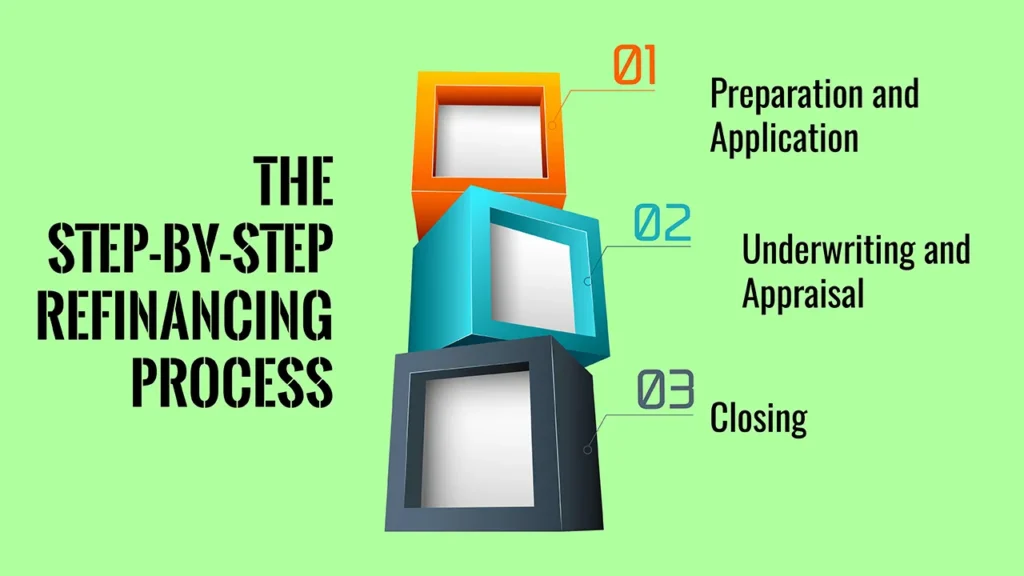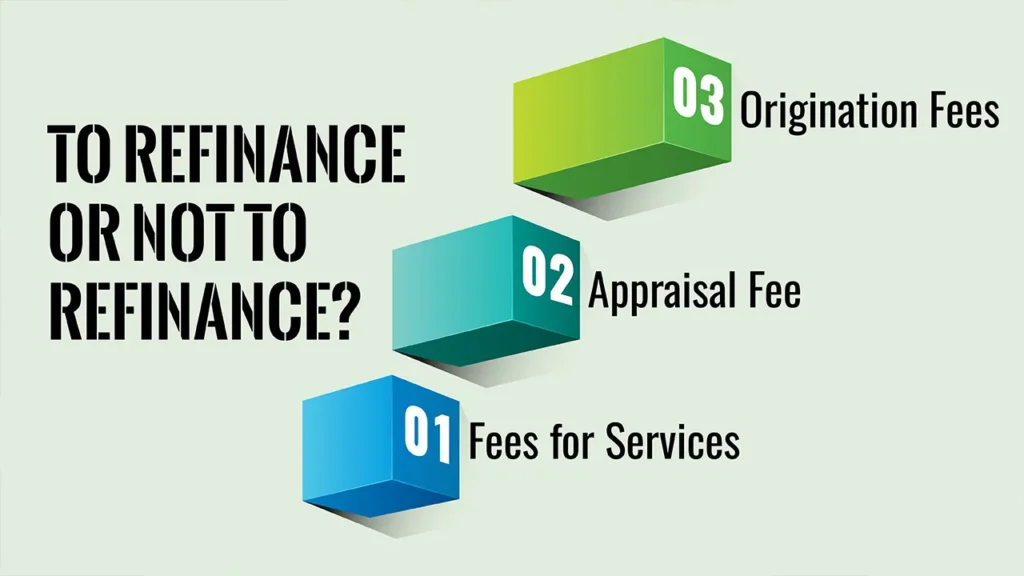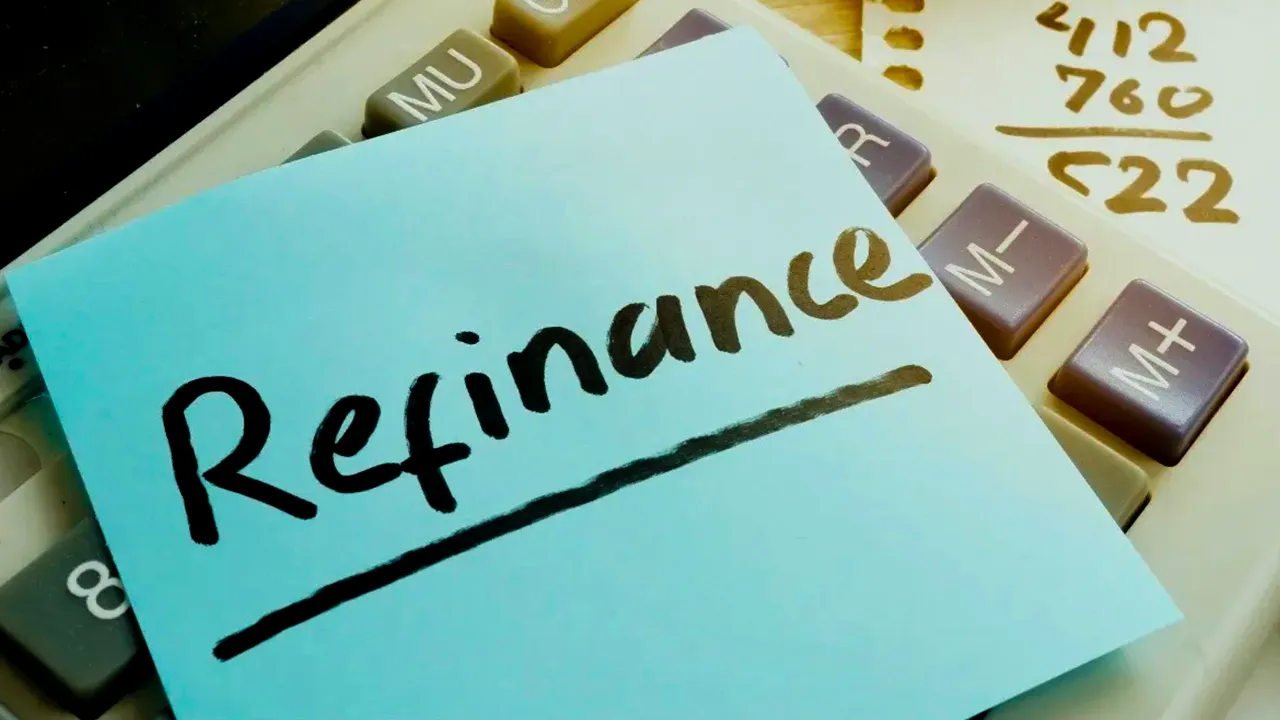A mortgage is, for many Americans, the largest debt they’ll ever carry, one that usually takes 15 to 30 years to pay off. Across those years, so much can change about your finances and more generally about the economy as a whole. what once was a savvy, low-cost loan may not be the best fit now.” Enter the mortgage refinance.
Refinancing is a financial strategy that involves taking out a new mortgage to replace your existing loan — with new terms. The primary reason is to better your financial situation, be that by lowering your monthly payments, reducing your total interest paid, or tapping into the equity you’ve built in your house.
In this complete guide, we’ll cover all the basics you need to know about How to refinance a mortgage, including the process, the different types of loans and the crucial factors you should consider to determine whether refinancing is the best move for you. When you finish, you’ll have all of the information you need to decide what is the best way for you to secure your financial future.
What is a mortgage refinance?
A refinance represents paying off an existing loan with a new one. Consider it a reset for your mortgage. You are not selling your home; you are selling the debt on your home. This new loan is secured by the same property, but with a new interest rate, a new loan term (the number of years over which the loan must be paid back) and possibly a new principal balance.
You may obtain a refinance with your existing lender (rarely) or with another lender, and that’s why shopping for the best mortgage refinance lenders is a key part of refinancing.
The Step-by-Step Refinancing Process

Although the process feels much like purchasing a house, refinancing is generally faster and requires different documentation. But here’s a closer look at what you can expect.
Step 1: Preparation and Application
The goal of this is to organise your finances. Be sure both sides bring all necessary paperwork, such as recent pay stubs, statements on bank and investment accounts and tax returns for the past two years. You’ll also have to have a copy of your current mortgage statement.
Now, it’s time to go shopping for a new loan. Shop around Talk to multiple lenders — banks, credit unions and online mortgage companies — to compare offers. Look not only at the interest rate, but at the Annual Percentage Rate (APR), which includes interest and fees, to get a clear sense of the total cost. After you select a lender, you’ll submit a formal application.
Step 2: Underwriting and Appraisal
This is the verification phase. Your income, assets and debt-to-income ratio will be verified by the lender’s underwriting team when they look through your application and all the documents you submit. They want to be confident that you will be able to afford the new loan.
One of the most important elements of this stage is the home appraisal. The lender will request a professional appraisal to establish the current market value of your home. This is an essential step, since mortgage lenders will not approve loans for a home that is worth more than it’s valued at. If your home has increased in value since you bought it, you might have more equity to work with, which is crucial to a cash out refinance.
Step 3: Closing
Once all your documentation is in and the appraisal is done, your lender will issue a final Closing Disclosure. The new loan’s fee and cost schedule is spelled out in this paper.
It’s important you read this thoroughly and compare it to the original loan estimate. When you’re ready you’ll sign the new loan docs. The new loan will, in turn, pay off your old mortgage, and your new loan term and monthly payment will start.
Understanding the best kind of refinance for you
The kind of refinance you should look for will depend on your financial goals. Here are the most popular choices:
1. Rate-and-Term Refinance
This is the most common form of refinance, and is used to either change your interest rate or the loan term. It doesn’t permit cash-out refinances.
- To Reduce Your Monthly Payments: Today’s mortgage rates may be lower than your current rate, letting you get a new loan at a lower interest rate, and directly reducing your monthly payment. This is too frequently the question homeowners ask themselves, “Is now a good time to refinance?”
- To Adjust Your Loan Term: You can refinance from a 30-year mortgage to a 15-year mortgage refinance to pay off your home more quickly. Yes, your monthly payment would probably be higher, but you’ll save so much in interest over the life of the loan.
2. Cash-Out Refinance
A cash-out refinance is a type of mortgage that allows homeowners to convert a portion of the equity in their home into cash. With such a loan, the borrower takes out a new, larger mortgage than the existing one and takes the difference in cash.
A lump sum of cash is given to you in the difference. It is often used to pay for large expenses (like home renovations), to pay for a child’s college education, or when homeowners are consolidating debt.
3. FHA, VA, and Streamline Refinance
If you took out a government-backed loan, you may qualify for a special type of refinance.
- FHA Refinance: Borrowers who already have FHA loans can save with an FHA streamline refinancing by reducing their interest rate, avoiding income and credit verification and possible untouched appraisal. This is perfect for anyone who doesn’t want to reapply fully açain.
- VA Refinance: If you’re a veteran or active servicemember already with a VA loan, you can refinance with what’s called a VA IRRRL (Interest Rate Reduction Refinance Loan) with a quick and easy process and possibly a lower rate.
- Jumbo Refinance: A jumbo refinance is for a loan that exceeds the conforming loan limits established by government sponsored enterprises. These are luxury estates and have other specific requirements.
To Refinance or Not to Refinance?

A refinance is not free. You will have to pay closing costs, which typically run 2 percent to 5 percent of the total loan amount. These costs often include:
- Origination Fees: A fee that a lender charges to process your loan.
- Appraisal Fee: The amount of money paid for a professional to appraise your home to prove its value.
- Title Search and Insurance: The amounts you paid to make certain there are no legal claims on your property.
- Fees for Services: including Attorney and Recording Fees: These are the charges to obtain legal and government services in order to complete the loan.
To figure up whether a refinance makes sense for you, you have to calculate your break-even point. It’s the point at which the money you’ve saved from the smaller monthly payments balances out the closing costs you paid.
- Break-Even Point Formula: Cost of Closing / Monthly Savings = Total no. of Months to Recover Costs
If you intend to live in your home past the break-even point, then a refinance makes sense in the long run.
Refinancing vs. Home Equity Loan: What’s the difference?
A typical inquiry is whether you should get a cash-out refinance vs. home equity loan. Two different financial products they are.
- Refinance: You replace an existing mortgage with a new one. This is a good choice if you’re looking to achieve a lower interest rate on your original loan. You now have only one monthly payment.
- Home Equity Loan (HEL): This will be a separate, second mortgage loan after you have already received your first mortgage. This can be a great solution if you have a super low interest rate on your current mortgage and want to keep it. You’ll make two monthly payments: one for your original mortgage to the original lender, and a second payment for the HEL.
A refinance that actually saves you money: A real example
Let’s see the advantages in an example.
Original Loan:
- Original Amount: $300,000
- Interest Rate: 5%
- Term: 30 years
- Monthly Payment: $1,610
- Years Paid So Far: 5 years
- Current Balance: $278,000
- Estimated Closing Costs: $5,000
New Refinanced Loan (Rate-and-Term):
- New Amount: $278,000
- New Interest Rate: 3.5%
- New Term: 30 years
- New Monthly Payment: $1,250
Through refinancing, the homeowner is able to reduce his or her monthly payment by $360. To find out the break-even point: $5,000 (closing costs) / $360 (monthly savings) = Common core……. ~14 months.
That means that a bit more than a year on, there will be a net gain from the monthly savings to cover all that you paid in closing costs.
When to Refinance, and When to Wait
Consider refinancing if:
- Rates are much lower than what you currently have.
- Thankfully, your credit score has progressed since you originally financed your loan.
- You’ll be changing the term of your loan, or moving from an adjustable-rate to a fixed-rate mortgage.
- You want to pull out a significant amount of money from your home’s equity.
You may want to wait if:
- You don’t anticipate living in the house for too long.
- Your credit has likely deteriorated with that one, because there’s no better rate by which you might replace it.
- You have a low-rate mortgage and rates are higher now.
Conclusion: A Strategic Financial Tool
A mortgage refinance is a financial weapon that helps you to adjust to market changes and your own individual circumstances. It’s a strategic one that can make your debt work for you and put you on firmer financial footing in the future.
By knowing what it is, how it functions, and when to choose it, you can make well-informed choices that keep more cash in your pocket and provide you with a little more financial peace of mind.
Frequently Asked Questions
1. How do I refinance a mortgage with bad credit?
It’s tougher to refinance with a bad credit, but not impossible. Your best bet is instead to work on improving your credit score. Or, you could consider FHA or VA loan refinancing, which tends to feature more lenient credit requirements.
2. What is the lowest credit score in order to get a mortgage refinance?
The lowest credit score for a refinance depends on the type of loan and the lender, but you can expect a minimum score of 620 for a conventional loan. The lowest rates are usually reserved for people with a score of 740 or higher.
3. Can I refinance with another lender?
Yes, you can. In fact, it is a good idea to comparison shop and get quotes from several lenders to make sure you secure the best interest rate and most favorable fees.
4. What will I need for a refinance?
You’ll want documentation to prove your identity, income (pay stubs, tax returns), assets (bank statements) and your existing mortgage details. Precise needs differ but these are typical.

Leave a Reply